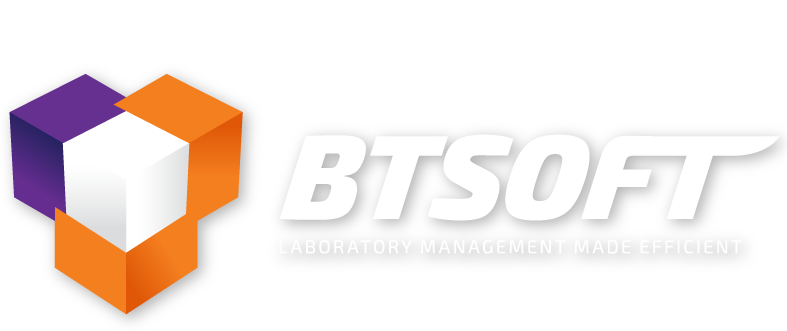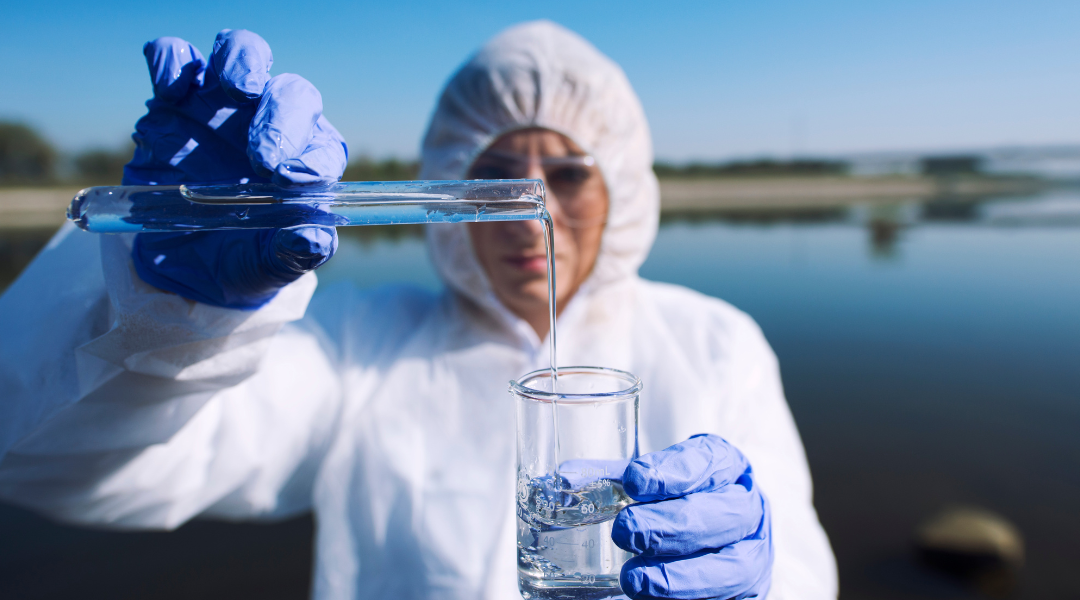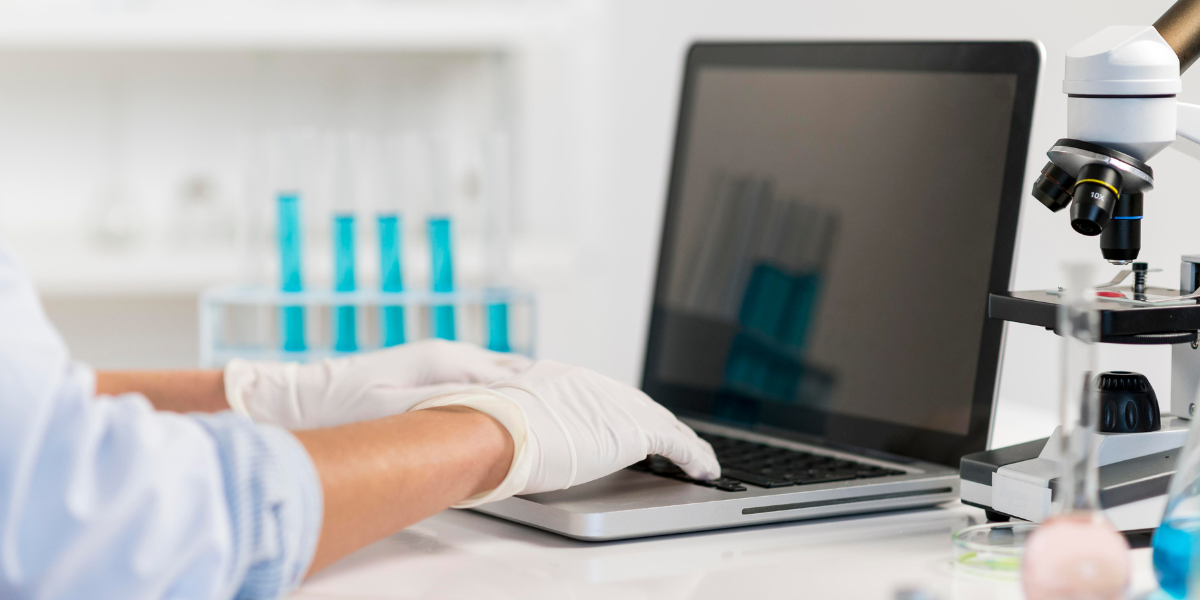Water quality standards, set by the Environmental Protection Agency (EPA), are essential for defining and maintaining bodies of water and protecting public health and the environment. Laboratories play a critical role in ensuring compliance with these standards through accurate testing and analysis. Let’s go over the water quality standards, the importance of laboratory accreditation and quality control measures, and the benefits of using a Laboratory Information Management System (LIMS) for meeting EPA water quality standards.
Learn More about the 5-Phase Roadmap to LIMS Implementation
EPA Water Quality Standards Overview
The Environmental Protection Agency (EPA) is responsible for establishing water quality standards (WQS) to define the desired condition of water bodies and the acceptable levels of pollutants in those bodies of water. These standards are regulations set by states and authorized tribes and may vary depending on local situations and designated uses.
EPA water quality standards are crucial for the protection of public health and the environment. They provide a framework for assessing and managing water quality and enabling effective decision-making on water resource management. The EPA works closely with states and other stakeholders to develop and implement these standards.
Examples of Water Quality Standards
1. Maximum Contaminant Levels (MCLs)
MCLs define the maximum allowable concentrations of specific contaminants in drinking water. For instance, the EPA has set an MCL of 0.015 milligrams per liter (mg/L) for lead in drinking water.
2. Total Maximum Daily Load (TMDL)
A TMDL is the maximum amount of a pollutant that a water body can receive while still meeting water quality standards. It takes into account both point-source and nonpoint-source pollution. States establish TMDLs to address impaired water bodies and develop plans to reduce pollutant loads to achieve water quality goals.
3. Numeric Criteria
Numeric criteria specify the desired levels of pollutants in water bodies to protect aquatic life and human health. For example, states may set numeric criteria for dissolved oxygen levels, temperature, pH, and specific pollutants such as nutrients or heavy metals.
4. Designated Uses
Water bodies are classified based on their intended uses, such as drinking water supply, swimming or recreational activities, and protection of aquatic habitat. Different standards and criteria are set based on these designated uses to ensure the water quality matches the specific requirements.

Development of EPA Water Quality Standards
The EPA develops water quality criteria to protect human health and aquatic life and provides guidance to states adopting and/or maintaining water quality standards. These criteria consider various factors, such as the chemical, physical, and biological characteristics of water, as well as the designated use of the water body, such as drinking water supply, recreational activities, and aquatic habitat preservation.
To ensure the provision of safe drinking water, water quality standards encompass the National Primary Drinking Water Regulations, established under the Safe Drinking Water Act. These regulations establish legally enforceable standards and treatment techniques for public water systems to safeguard public health by restricting contaminant levels. They define maximum contaminant levels (MCLs) for substances like bacteria, lead, arsenic, and disinfection byproducts found in drinking water. These standards specify maximum contaminant levels (MCLs) for various substances in drinking water, such as bacteria, lead, arsenic, and disinfection byproducts.
Enforcing compliance with these standards is crucial to safeguarding public health and ensuring the provision of safe drinking water to communities.
Meeting EPA Requirements for Drinking Water Analysis
Laboratories that test drinking water play a critical role in ensuring its safety. They analyze water samples to ensure that it meets or exceeds the quality standards established by the EPA.
Accreditation and Certification
To prove the accuracy of their testing, laboratories often seek accreditation from recognized bodies such as the National Environmental Laboratory Accreditation Program (NELAP) or certification from EPA-approved certification programs. These programs evaluate the laboratory’s technical competence, quality management systems, and adherence to standard operating procedures.
Quality Assurance/Quality Control
In order to maintain accuracy and reliability, laboratories follow quality assurance and quality control protocols. These include regular calibration of laboratory equipment, participation in proficiency testing programs, and adherence to strict quality control measures throughout the analytical process.
Sampling and Analysis
Sampling and analysis play a crucial role in guaranteeing accurate test results. Laboratories follow precise procedures for collecting samples from water sources, ensuring sample preservation, and employing methods for detecting contaminants.
Sample Collection and Preservation
Laboratories must follow the EPA’s sampling protocols to uphold the integrity of the samples. This includes proper sterilization of sampling containers, collecting proper sample volumes, and transporting samples to the laboratory while maintaining the required temperature and conditions.
Analytical Methods
Laboratories employ a range of analytical methods approved by the EPA for the detection and quantification of contaminants in water. These methods may involve various steps, such as sample preparation, extraction, and instrumental analysis using techniques like chromatography, spectroscopy, or mass spectrometry. Laboratories must validate their analytical methods and participate in method performance tests to ensure accurate and reliable results.

Benefits of Using LIMS for EPA Water Quality Standards
Laboratory information management systems (LIMS) are crucial for meeting EPA requirements for drinking water analysis. LIMS track and manage samples, provide data security, and generate comprehensive reports. They can integrate with analytical instruments to automate result transfer, minimizing errors and increasing efficiency.
Using a LIMS system which meets EPA requirements ensures:
- Compliance: A LIMS system that meets EPA requirements ensures adherence to regulations, helping laboratories maintain compliance with water quality standards.
- Accuracy: LIMS track and manage samples, reducing the risk of errors and ensuring accurate results for drinking water analysis.
- Efficiency: Integration with analytical instruments allows for automated result transfer, minimizing manual data entry and increasing efficiency in data management.
- Data Security: LIMS provide data security measures to protect sensitive information, ensuring the confidentiality and integrity of laboratory data.
- Comprehensive Reporting: LIMS generate comprehensive reports, including compliance reports, flagging of samples exceeding limits, and management of quality control data.
- Communication with Regulatory Agencies: LIMS facilitate communication with regulatory agencies by generating customizable reports and securely sharing information, streamlining the reporting process.
Overall, using a LIMS system that meets EPA requirements contributes to adherence to regulations, accurate results, and streamlined data management for water quality analysis.
Get in Touch with BTSOFT
Meeting EPA water quality standards is crucial for safeguarding public health and ensuring safe drinking water. Laboratories that perform drinking water analysis play a vital role in this process. With LIMS your lab can meet and exceed requirements!
BTSOFT is known for our advanced solutions for laboratories across various industries. Our LIMS software, such as BTLIMS, is designed to streamline laboratory operations, ensure data integrity, and enhance overall efficiency in sample management and analysis processes.
BTLIMS provides a comprehensive platform for tracking and managing samples, integrating seamlessly with analytical instruments, and generating detailed reports. With a focus on meeting regulatory requirements, including the EPA’s for drinking water analysis, BTLIMS offers features tailored specifically for compliance with water quality standards.
To learn more about BTSOFT and how BTLIMS can help your laboratory meet EPA requirements, visit our website at www.btsoft.com.





